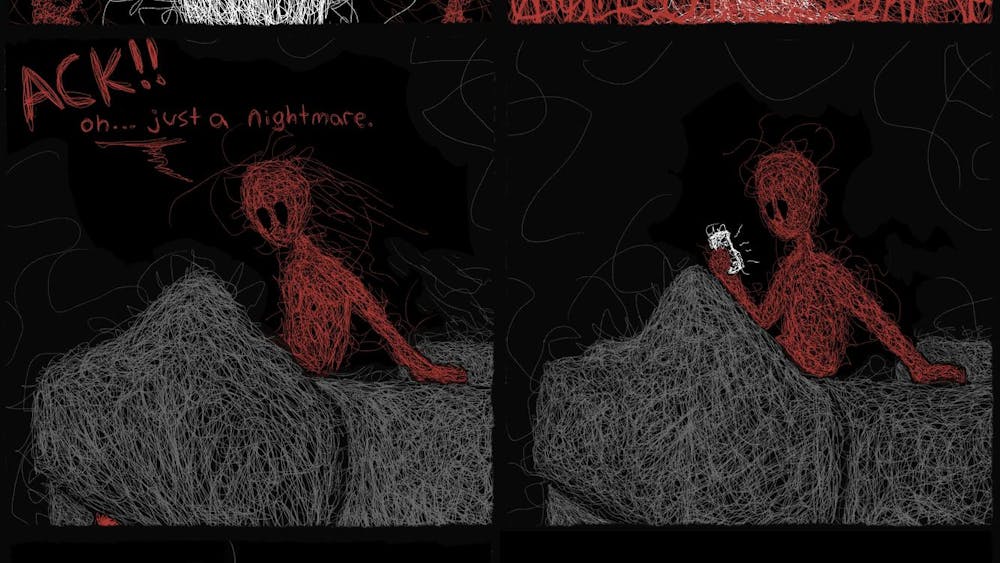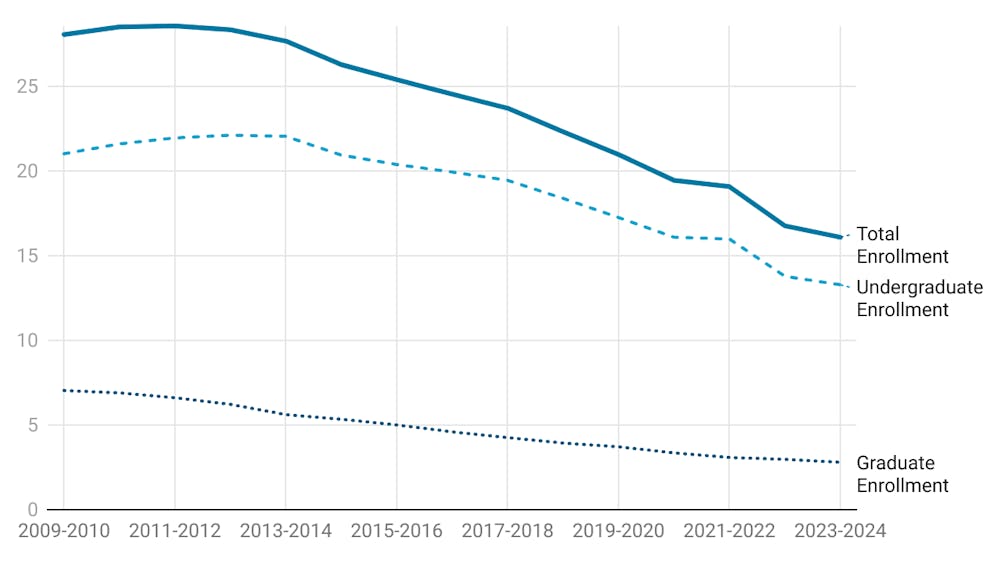Immediately upon my arrival in Angers, France, I was introduced to La Gastronomie Française! What is La Gastronomie Française? Putting it simply, it is the art of growing, preparing and eating rich, fine, fresh food. Thousands of varieties of cheese, foie gras, pâté, duck and goose are just a few examples of famous French cuisine.
The meals I eat with my host family consist of several courses – as customary. It served me duck the day of my arrival, complete with a detailed explanation of how they cooked it. At first, I was very hesitant to eat a duck and was nervous about the taste. However, I wanted to experience French culture and thus I tried the popular French dish. To my surprise, it tasted rather like pot roast. Although duck doesn’t taste that bad, I do not think I would choose to eat it again.
My favorite meal I have had with my host family is “la raclette,” a speciality of Eastern France. Raclette is a type of cheese made from cow milk. Much like with fondue, everyone sits around the table with center plates of this cheese cut into thin square slices, potatoes, tomatoes and charcuteries (deli meats).
Each person takes a slice of cheese and places it in a “poêle,” which is like a little square frying pan. These individual pans are then all placed between the top and bottom of the electrical machine called “la raclette.”
This heat source melts the cheese in a special way so you can use a small wooden scrapper to place the cheese on top of the food. This meal was very enjoyable and delicious!
Each region of France has its own culinary specialty. Crêpes originated from Bretagne. In France, a “crêpe” is made of wheat flour and is filled with sugary substances. A “galette,” another French food, is made from buckwheat flower and is salty in taste due to ham, mushrooms and other similar food additions. Cidre, made from fermented apples, is a great complement to galettes.
When I visited Saint-Malo in Bretagne, I tried a crêpe au caramel salé. No trip to the region would be complete without trying this specialty. I have not yet eaten a better tasting crêpe than this one!
Weekdays, I often eat lunch at the restaurant universitaire, or RU. Unlike the Dining Commons at Eastern Michigan University, I must walk about 10 minutes off campus to get there. Each day, there is a fish course and a steak, similar to hamburger, with french fries. Sometimes another meat course or a pizza choice is also available. Besides a main course, there are two other options (desert, salad, prepared salads, cheese or fresh fruit) from which to choose. A small loaf of bread is always included in the meal ticket.
I never thought I would say this, but I find myself missing the many options at DC1 – especially the stir-fry! I also like the taste of DC1 food better. I guess the lesson here is the grass is not always greener on the other side.
Throughout the past month, I have learned a lot about French table manners. For example, Frenchmen do not eat bread off of their plates. Instead, the bread is placed on the table. Why? Well, as my host family explained to me, prisoners eat bread off of their plates, sheltering it from greedy hands. Therefore, one places bread on the table to show he or she is not a prisoner and not lacking money. This is just one of many French traditions still present today.
Before visiting France, I did not realize the folding of a napkin after a meal could signify different meanings. Folding the napkin into a square and placing it beside the plate means you expect to come to dinner tomorrow. However, loosely folding it in half and hanging it over the table edge means that you enjoyed the meal and are not inviting yourself over for tomorrow’s dinner. Now I am much more aware with how I place my own napkin after I am done eating at a restaurant and with my host family.
Frenchmen also eat with their hands above the table; it is considered impolite to do otherwise. Often, both hands are holding an eating utensil, or one hand is resting on the table. For me, this is one of the harder French table manners to adapt to because I am so used to having one hand below the table. Having both hands constantly above the table feels unnatural to me. However, I am trying my best to adapt to this French way of eating. I encourage everyone to do the same while eating in a foreign country because natives can often tell if you are foreign simply by how you eat.
There is no better way to experience a foreign culture than by sampling its cuisine. When studying abroad, I invite everyone to leave your comfort zones and taste the culinary specialties of your surroundings!










